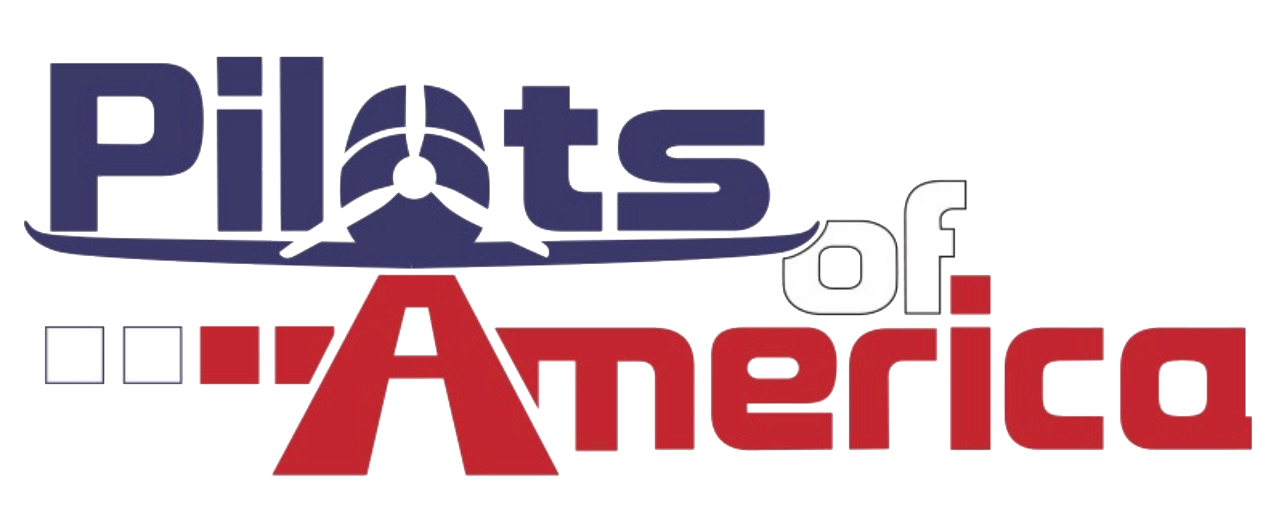- Joined
- Jul 17, 2019
- Messages
- 1,726
- Location
- Chicago suburbs
- Display Name
Display name:
The Little Arrow That Could
While conducting a practice circling approach in VFR conditions we had to extend our downwind leg portion for landing traffic. During that time I realized that I don't know exactly how far out the protected area extends for a circling approach. I realized I should probably learn that 
Now I want to see if I'm interpreting protected area correctly in conjunction with the approach plate below it.
If I'm doing a LOC 2 approach with a DME onboard and can identify the CETAN fix, and I want to circle to RWY09, my circling MDA for a class-A aircraft is 1360'. That would mean 1.3nm of protected space b/c I'd use the standard circling approach maneuvering radius? If I saw the "C" symbol as shown in reference #2, then I'd use the expanded chart?

The approach:

Reference #2: This is the "C" that would indicate an expanded protected area?

EDIT: used wrong runway designation in my initial one
Now I want to see if I'm interpreting protected area correctly in conjunction with the approach plate below it.
If I'm doing a LOC 2 approach with a DME onboard and can identify the CETAN fix, and I want to circle to RWY09, my circling MDA for a class-A aircraft is 1360'. That would mean 1.3nm of protected space b/c I'd use the standard circling approach maneuvering radius? If I saw the "C" symbol as shown in reference #2, then I'd use the expanded chart?

The approach:

Reference #2: This is the "C" that would indicate an expanded protected area?

EDIT: used wrong runway designation in my initial one
